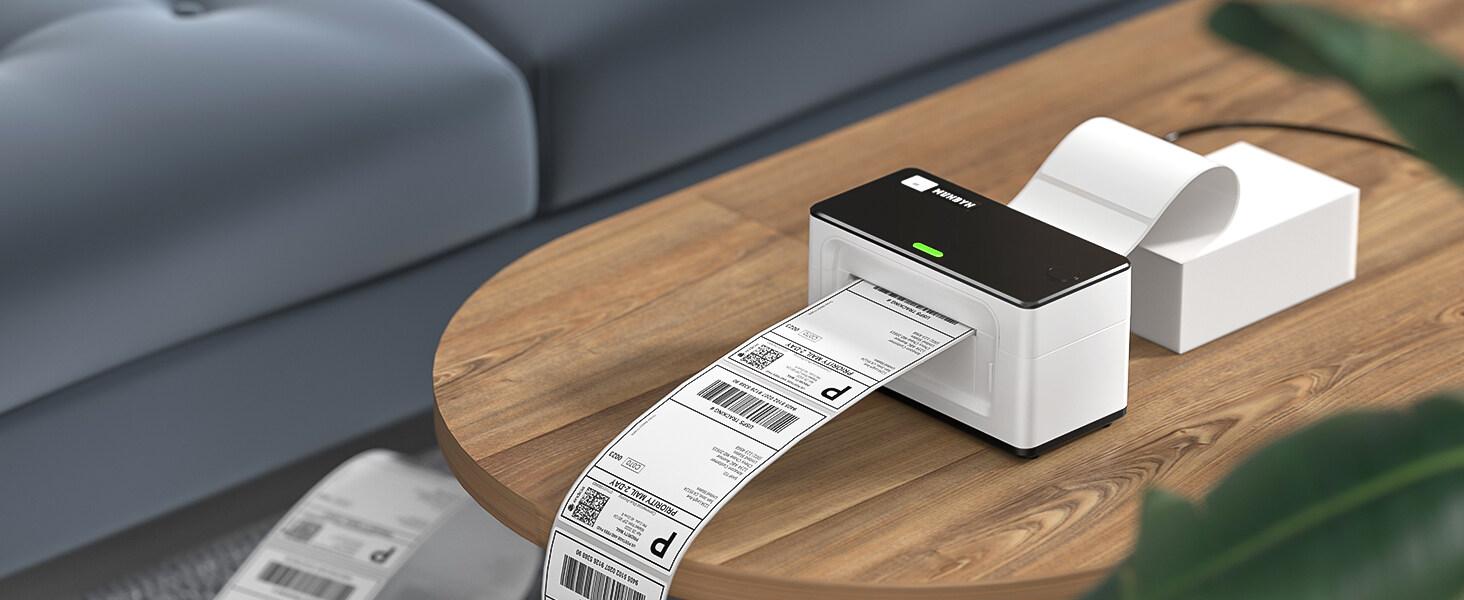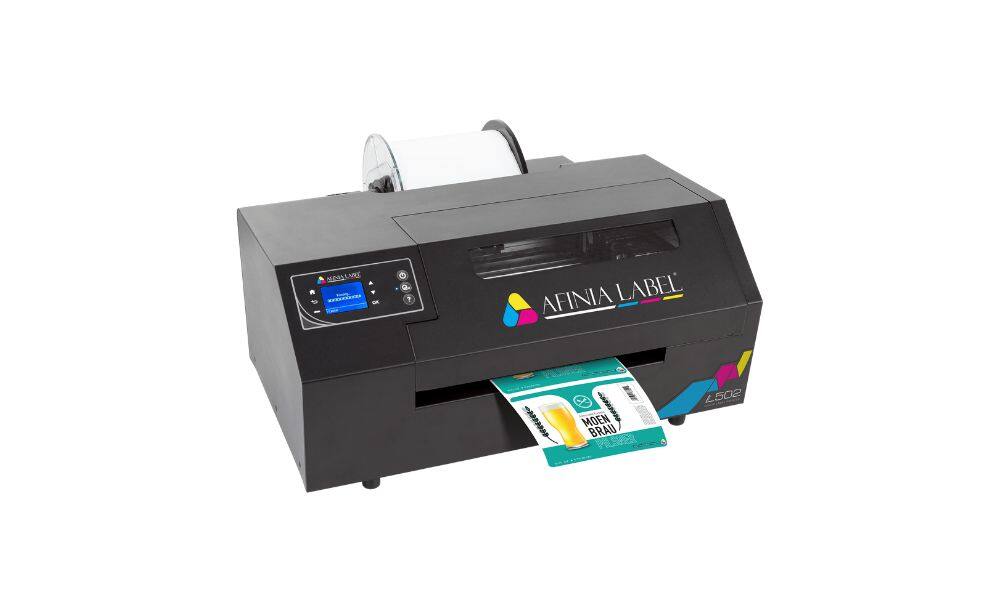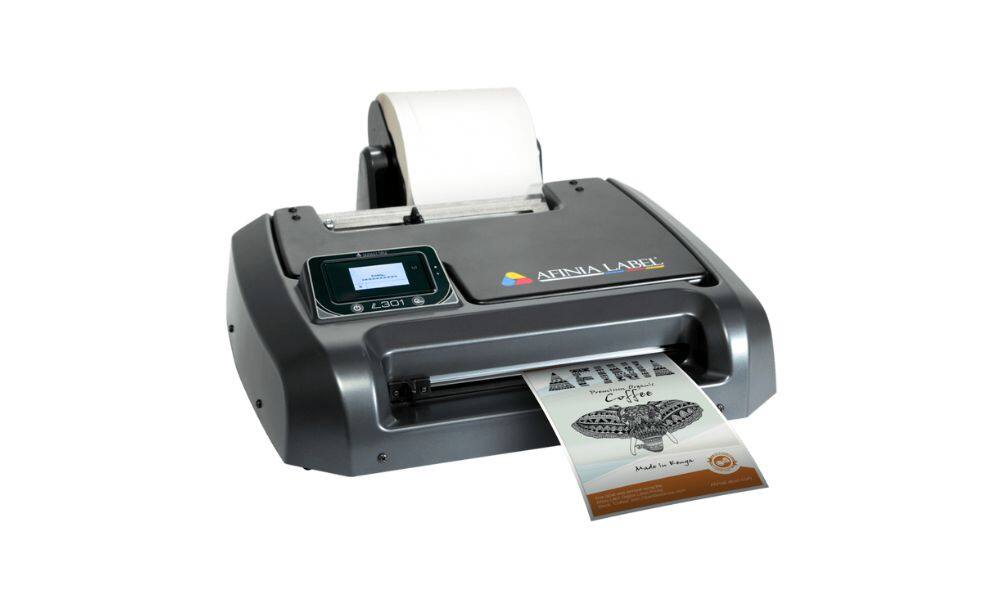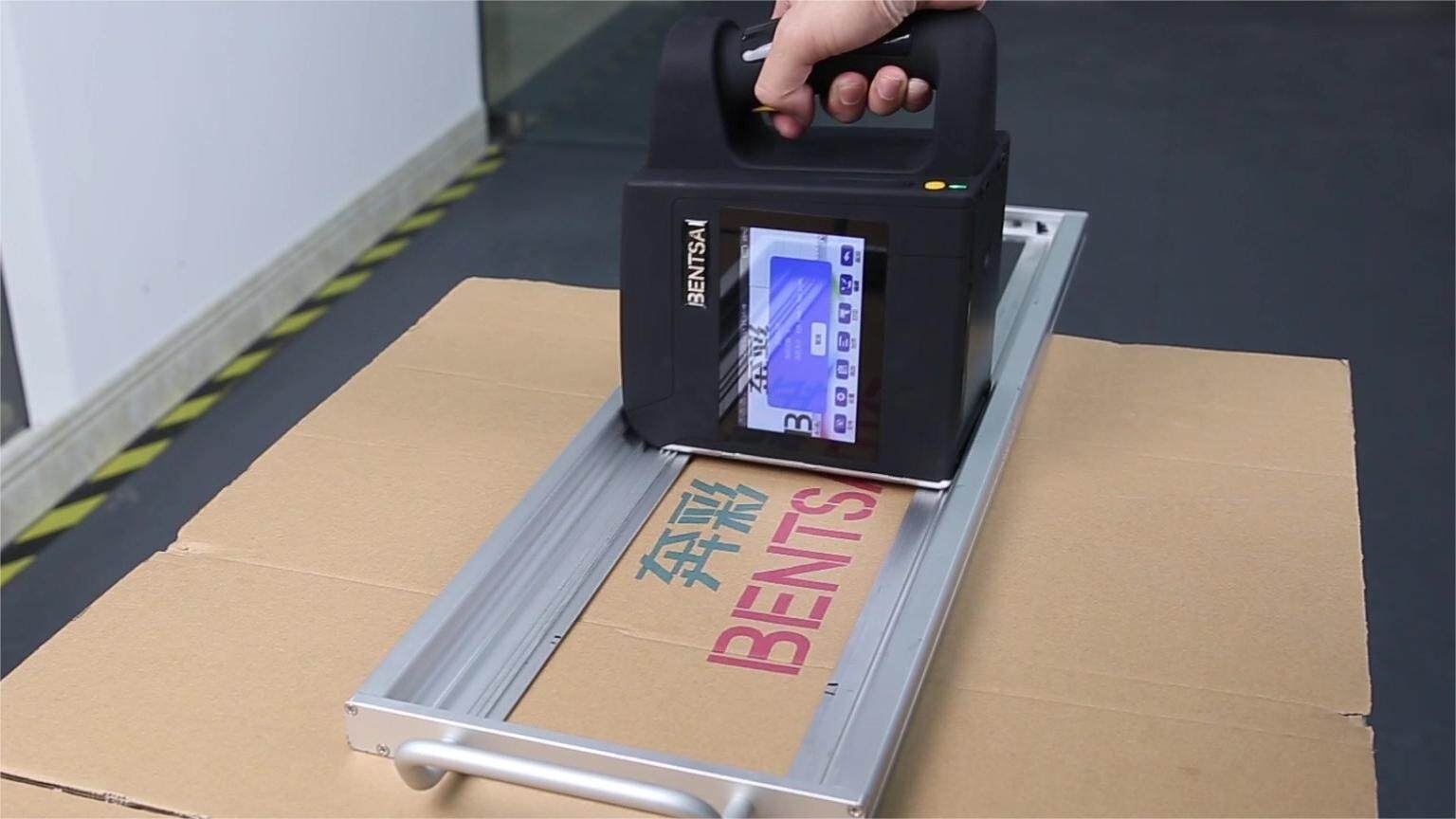How to Choose the Best Inkjet Label Printer for Food Packaging?
What is Food Packaging Label and Why Need to Print it?
Food packaging labels are crucial for both consumer safety and brand communication. These labels go beyond mere aesthetics; they are legal documents, informative brochures, and marketing tools all rolled into one. They contain essential information such as nutritional facts, ingredient lists, expiration dates, and manufacturer details. Printing these labels is not just a regulatory compliance requirement but also serves as a medium for conveying brand identity and information critical to consumer decisions. In the context of increasing awareness about food safety and quality, food packaging labels act as a direct communication channel between the food producers and consumers.
Different Types of Food Label Printers
When it comes to printing food packaging labels, businesses have a variety of printer types to choose from, each with its unique set of advantages and disadvantages. The main types include thermal printers, inkjet printers, and laser printers.
1. Thermal Printers
Thermal printing technology, favored for its speed and efficiency, is particularly adept at handling large volumes of labels with consistent quality. The process involves applying heat to a specially coated thermal paper, creating a durable and fast printout. These printers are unmatched in their ability to churn out labels quickly, making them ideal for operational environments where time is of the essence. Despite their robustness and reliability, the monochromatic nature of the prints and the lack of versatility in color printing can be limiting for brands whose packaging design relies heavily on color to attract consumer attention.

(Image Credit: Munbyn)
2. Laser Printers
Laser printers offer high-quality prints and are capable of handling a large volume of prints quickly. They work by fusing toner powder to paper with laser technology, resulting in sharp, high-resolution labels. The investment in a laser printer might be higher upfront, and the toner cartridges represent a recurring cost that can accumulate, especially for businesses with intensive printing needs. While laser prints are generally durable, the interaction of laser technology with certain adhesive labels and waterproof materials might not always yield the best results, posing a challenge for specific food packaging applications.

(Image Credit: inkjetlabelshop)
3. Inkjet Printers
For a blend of versatility, quality, and color accuracy, inkjet printers emerge as the top recommendation for food packaging labels. These printers spray tiny droplets of ink onto a variety of materials, allowing for the creation of vibrant, detailed labels that can capture the essence of the brand. The flexibility of inkjet label printers makes them a preferred choice for businesses looking to create impactful and informative food packaging labels. The adaptability of inkjet printers to different materials also makes them particularly suitable for innovative packaging designs that can stand out on the shelves.

(Image Credit: inkjetlabelshop)
Choose the Right Type of Inkjet Label Printer for Your Business
Selecting the ideal inkjet label printer is a strategic decision that hinges on understanding your business's unique demands and constraints. The volume of labels needed, the complexity of the designs, the materials used for packaging, and budget limitations are all critical factors in this decision.
Types of Inkjet Label Printers
Within the category of inkjet printers, the choice narrows down to two primary types: the traditional bulky inkjet printer and the handheld inkjet printer. Each serves distinct needs and scales of operations in the realm of food packaging and labeling.
1. Industrial Large Inkjet Printers
For operations where the print volume is high, and the need for efficiency and durability is paramount, industrial inkjet printers stand out. These machines are built to operate continuously, producing a consistent output of high-quality labels. They can accommodate a wide range of ink types and materials, from standard papers to more durable synthetic options. This capability is essential for food packaging, where the information such as food ingredients, manufacturer information and batch codes must remain legible and intact throughout the product's lifecycle, enduring conditions like refrigeration, transportation, and handling.

2. Handheld Small Inkjet Printers
Suitable for small to medium food processing and packaging businesses, such as bakeries and fresh food retailers, small character handheld inkjet printers offer flexibility and convenience with their small character printing capabilities and portability without a large, stationary setup. These machines are particularly beneficial for places that require on-the-go printing of packaging information. Based on different needs, you can find either a portable label printer or a handheld date code printer under this sector. The former one requires a thermal label for the print while the handheld date code printer can print small information such as expiry dates, batch codes and price tags directly onto products or packaging.
In Conclusion
Choosing the right inkjet label printer for your food packaging needs is a critical decision that affects your brand image, compliance with food safety regulations, and the overall consumer experience. Whether you opt for a large industrial printer or a more compact handheld model, ensuring that the printer aligns with your business requirements is key to creating effective and attractive food packaging.
Ask Question
No questions and answers

